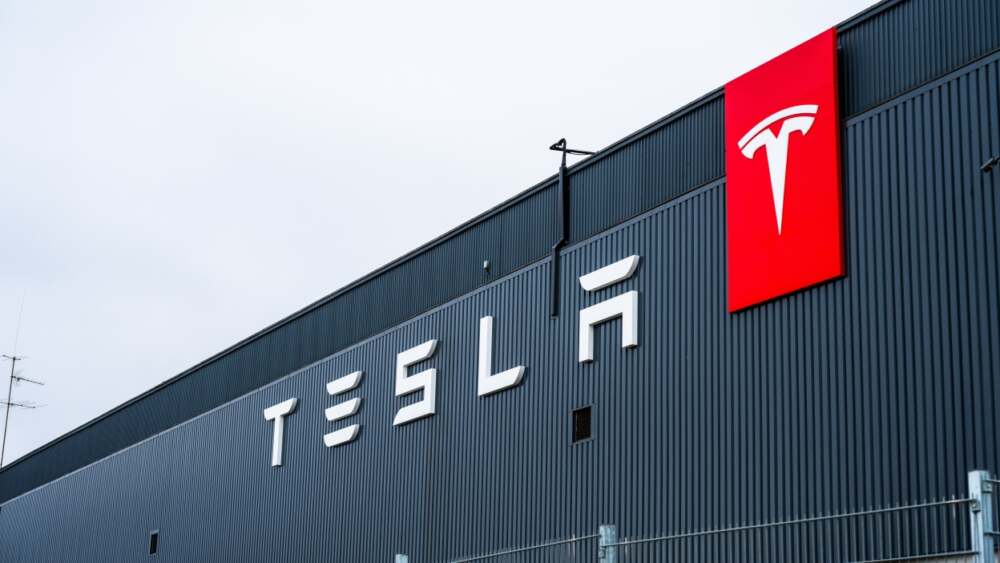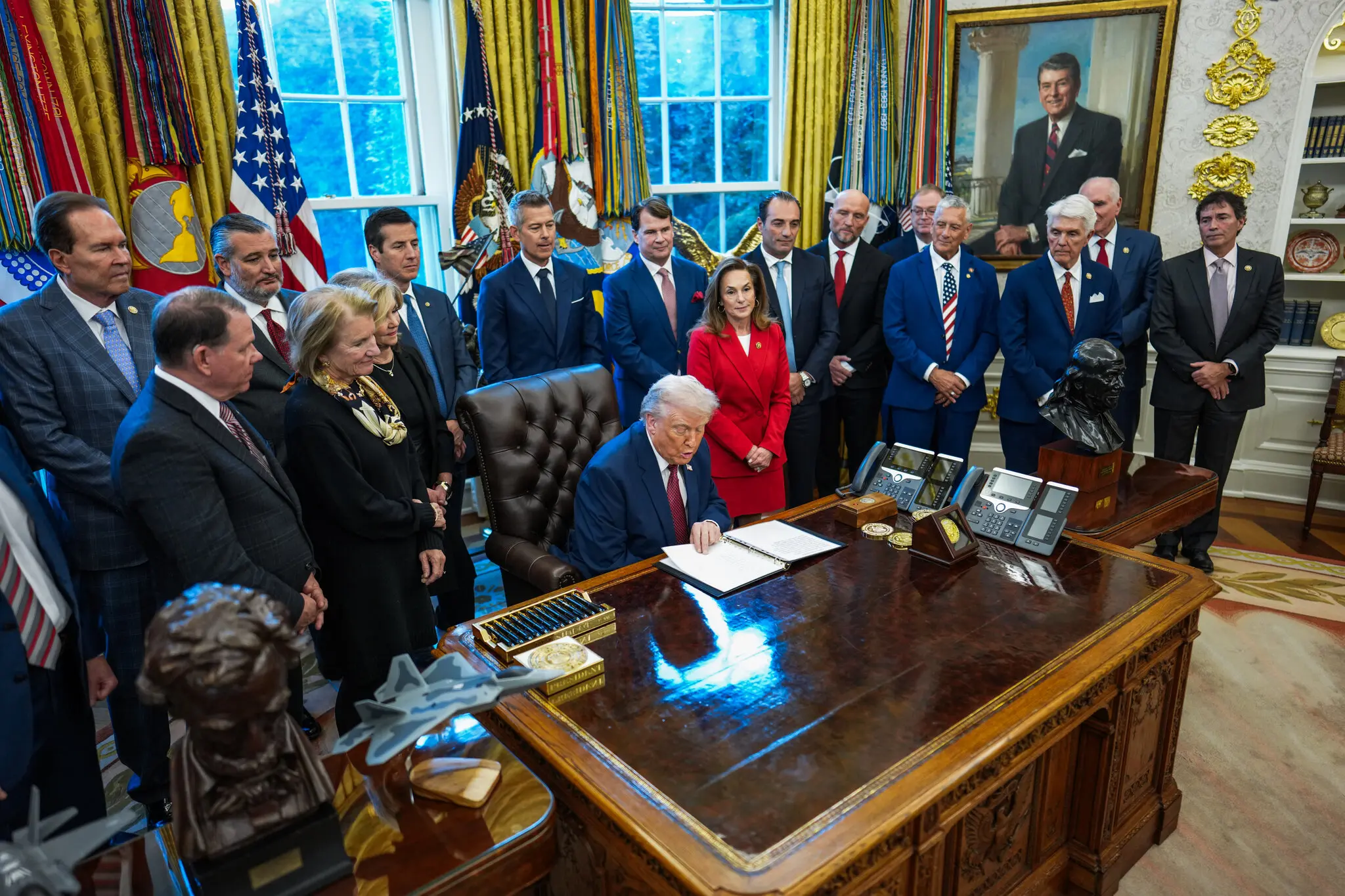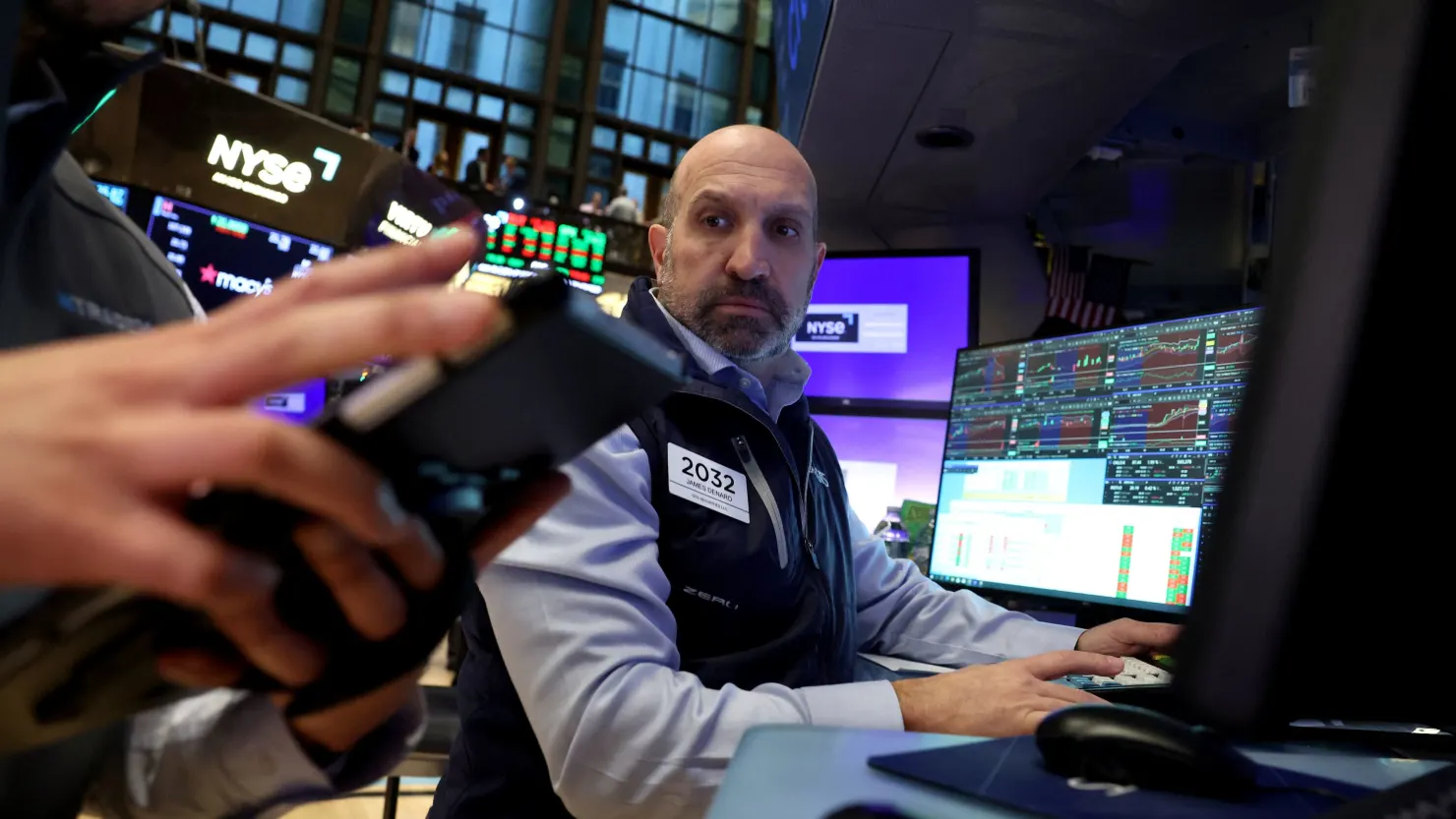Tesla has once again defied expectations by posting record-breaking vehicle deliveries this quarter, hitting nearly half a million units and reaffirming its position as the global leader in electric vehicles. Yet, in a surprising turn, Wall Street responded not with applause but with alarm. Shares of Tesla fell sharply after the announcement, underscoring the tension between operational success and investor expectations in a market where the stakes have never been higher.
Record Deliveries with a Catch
The headline numbers looked strong: close to 500,000 vehicles delivered worldwide in a single quarter. This figure reflects the strength of Tesla’s manufacturing scale, its global brand recognition, and its ability to remain a dominant player despite fierce competition.
The company has particularly thrived with its Model 3 and Model Y, which together make up the bulk of Tesla’s sales. Factories in Fremont, Shanghai, and Berlin worked at near-capacity, while the Texas Gigafactory added meaningful volume. For the casual observer, these numbers suggest Tesla’s dominance is intact.
But beneath the surface lies a caveat: a significant share of these sales was driven by subsidies and government incentives, particularly in markets where electric vehicle buyers rushed to take advantage of financial breaks before they expired. Analysts worry that this surge pulled future demand into the present, setting the stage for a possible decline in the next quarter.
Why Investors Are Selling
The stock market’s reaction to Tesla’s record deliveries illustrates the disconnect between raw performance data and forward-looking investor concerns. Several factors weighed heavily on Tesla’s shares:
1. Demand Sustainability
The use of subsidies to boost sales raises the question: how much of Tesla’s demand is organic? Investors fear that with fewer subsidies available, sales momentum could falter. This creates a risk of declining deliveries in the coming quarters.
2. Profitability vs. Volume
While higher deliveries demonstrate growth, they don’t necessarily translate into higher profits. Rising raw material costs, supply chain challenges, and potential discounting strategies may have eaten into Tesla’s margins. Analysts are watching to see if volume growth is coming at the expense of profitability.
3. Shift in Investor Focus
At Tesla’s current valuation, investors are not only focused on vehicle sales but also on the company’s ambitions in self-driving technology, robotaxis, and artificial intelligence. Deliveries alone, no matter how strong, may not justify Tesla’s lofty stock price unless they are paired with evidence of progress in these futuristic ventures.
4. Global Competition
Tesla is facing stronger competition than ever. In China, homegrown companies like BYD are not only catching up but in some cases surpassing Tesla in sales. In Europe, Volkswagen, Mercedes, and other legacy automakers are pushing aggressively into the EV market. Increased competition could force Tesla to cut prices, further pressuring margins.
5. Valuation Concerns
Tesla has long been one of the most expensive stocks in the auto industry. After a rally earlier this year, some investors may have simply decided to take profits, using the record delivery report as an exit point.
Broader Market Implications
Tesla’s dip highlights a broader trend in the electric vehicle sector. Subsidies have played a crucial role in accelerating EV adoption, but as governments scale them back, companies will be forced to compete on price, technology, and brand loyalty alone. This will likely separate the leaders from the laggards in the next phase of the EV revolution.
Tesla, while still dominant, is not immune to these pressures. Its heavy reliance on China, where economic growth has slowed and competition is fierce, poses both a risk and an opportunity. At the same time, Tesla’s reputation for innovation may allow it to pivot faster than its rivals if it can deliver breakthroughs in autonomy or energy storage.
What Investors Want to See
Looking forward, Tesla faces several key tests:
- Q4 Sales Trends: Can Tesla sustain momentum without subsidy-driven demand?
- Margins and Profitability: Will higher production translate into healthy earnings, or will costs weigh down results?
- Product Pipeline: The long-awaited Cybertruck and the rumored affordable “Model 2” could reignite consumer excitement.
- Autonomy and AI: Progress in self-driving technology may provide the next major growth narrative investors are waiting for.
- Global Expansion: Tesla’s ability to compete in Europe and maintain dominance in China will be critical.
A Company at a Crossroads
Tesla’s current situation underscores the paradox of high-growth companies: success in the present does not always guarantee confidence in the future. Delivering nearly half a million vehicles in a quarter would be a crowning achievement for any automaker, yet for Tesla, it raises as many questions as it answers.
The company now stands at a crossroads. If it can prove that its growth trajectory extends beyond subsidies and short-term boosts, investor faith may quickly return. But if deliveries slump in the quarters ahead, the narrative of Tesla as an unstoppable EV pioneer could begin to fray.
Conclusion
Tesla’s stock decline amid record deliveries is not a simple case of investors ignoring good news. Instead, it reflects a market grappling with the complexity of Tesla’s future: balancing its current dominance in electric vehicles with its ambitions in autonomy, AI, and new technologies. For now, Wall Street is cautious. The next few quarters will reveal whether Tesla can turn short-term challenges into long-term strength—or whether its high-flying valuation will be forced back to earth.
















Leave a Reply